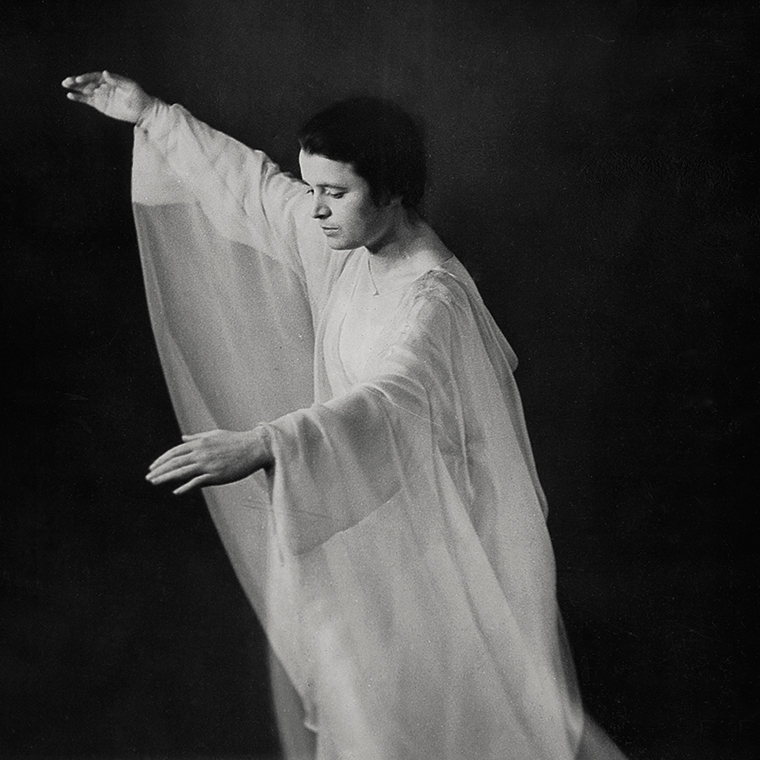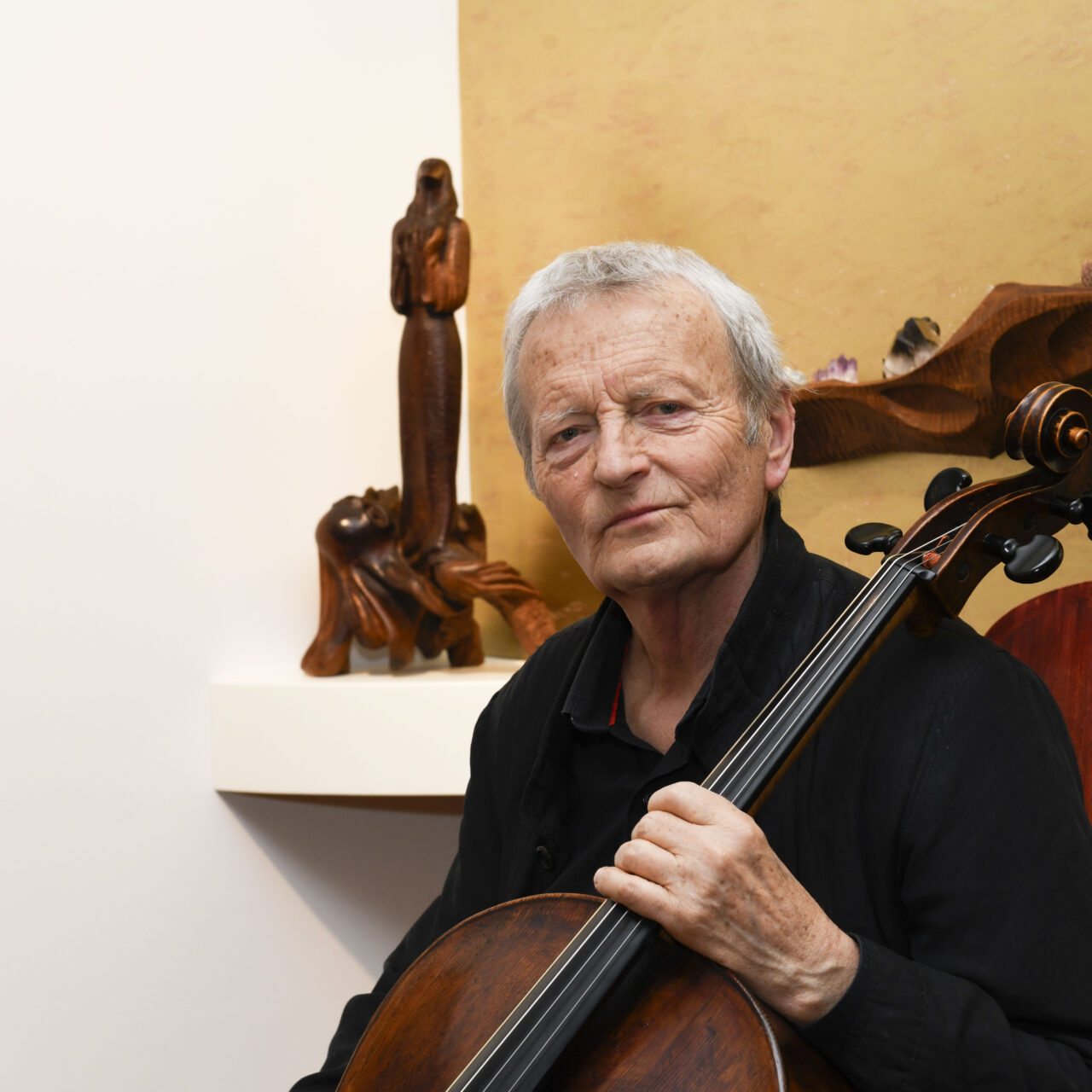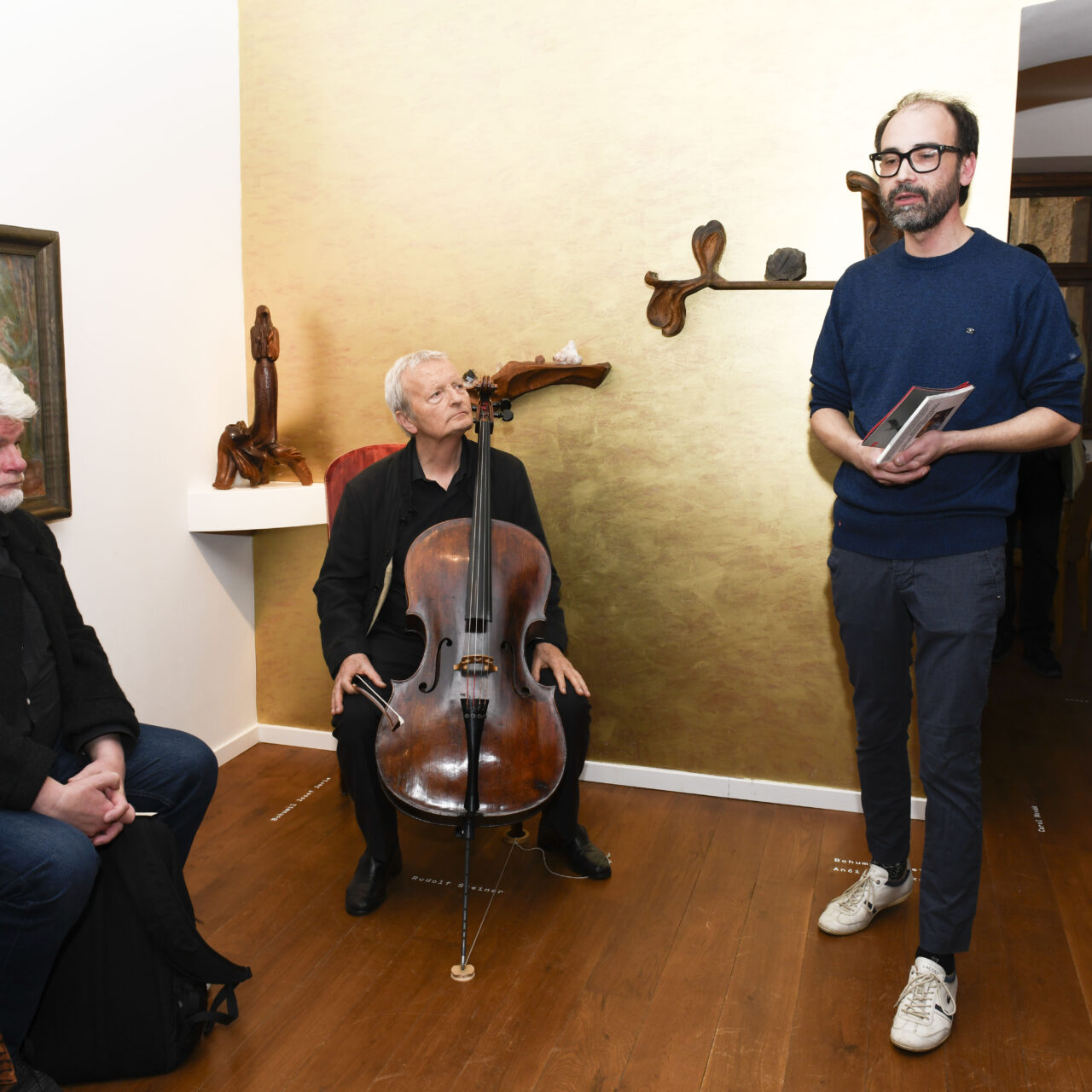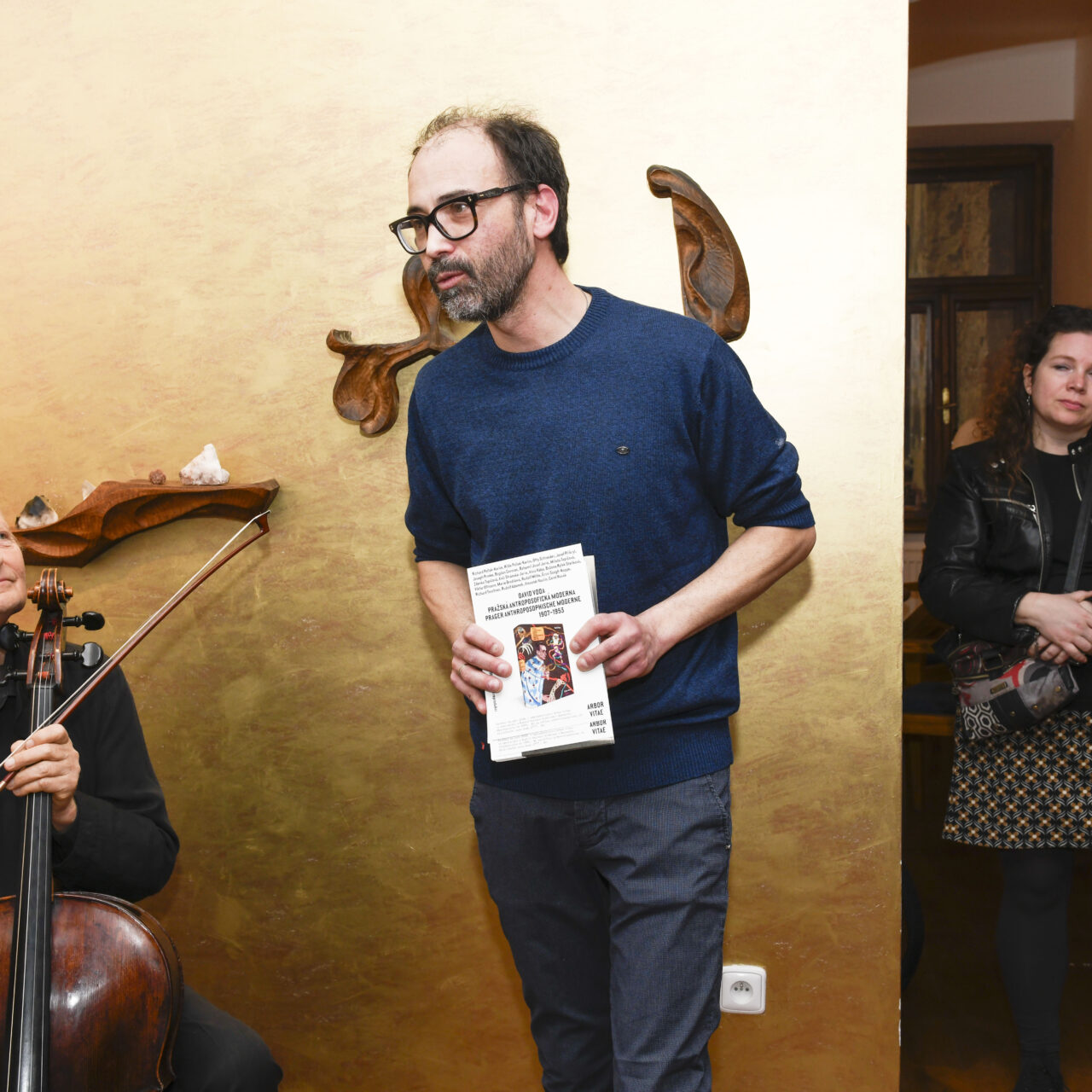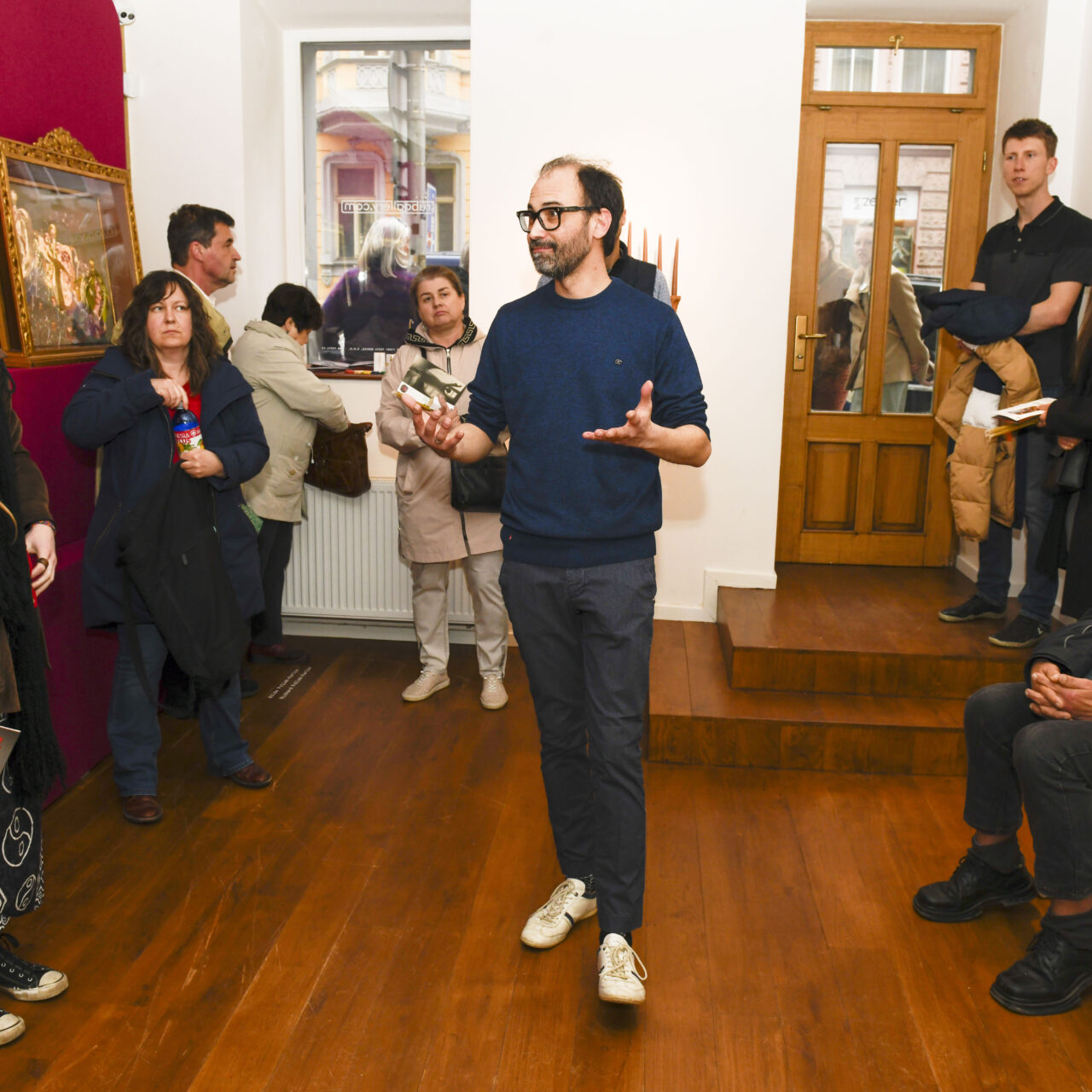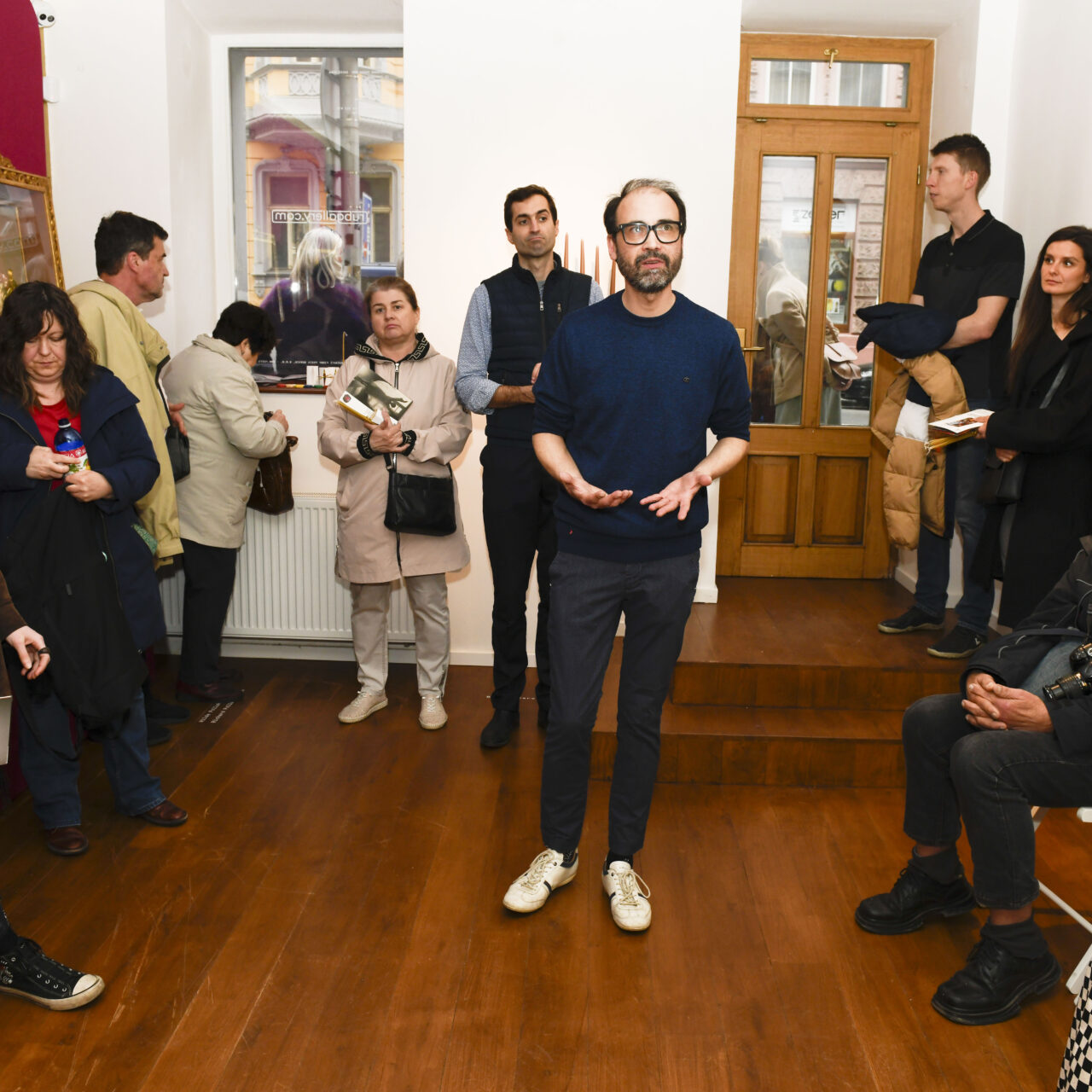The centennial of the death of Rudolf Steiner (d. 30 March 1925) – Austrian philosopher, occultist, architect, sculptor, designer, founder of Anthroposophy, the Waldorf School, biodynamic agriculture, and eurythmy – will be marked by the art history project Prague Anthroposophical Modernism 1907–1953. Rudolf Steiner (and Marie Steiner) « bequeathed » to Prague, which Steiner visited a dozen times between 1907–1924 on work-related trips, a generation of spiritual artists – irrevocably « transmuting the karma » of the multicultural metropolis on the threshold (“prah” in Czech, hence “Prague”) of the West and the East, between the German and Slavonic elements, between the Old and New Age, between « our world and the other world ».
The exhibition in Rub Gallery Olomouc will introduce highlights of the most important representatives of anthroposophical art from Prague – German-Jewish, Czech, Hungarian, and Croatian artists – in surprising breadth: from painting, drawing, graphic art, sculpture, applied arts, photography, jewellery, and musical drama to artistic embroidery. Among the Prague anthroposophical masterpieces on display in Olomouc will be fantastic gilded historicist altars with silk embroidery altarpieces from the workshop of Hilde Pollak-Karlin and Richard Pollak-Karlin, founders of the « Prague Anthroposophical School » of the early 1920s. These two artists, today unjustly forgotten, worked under Rudolf Steiner in the international artists’ colony in Dornach, Switzerland during WWI, where the first Goetheanum was built (1913–1920), the « mysteries building » where a new artistic movement saw the light of day. The embroidered Gesamtkustwerken of Hilde Pollak-Karlin from the late 1920s to mid-1930s have no peer anywhere in the world, they are a unique synthesis of the medieval English tradition, the thread painting technique, and Impressionism. Their oriental beauty, full of demons, winged creatures, and Asiatic dragons, was much admired by Prague reviewers of the time (Josef Čapek, for one). Other artists include the graphic artist and experimenter on paper Joseph Prinke, the jewellery designer Josef Přikryl, and sculptors and designers Bogdan Cerovac and Bohumil Josef Jerie. The latter two were behind the remarkable 1930s and 1940s phenomenon « Prague Dornach design », which was primarily created for household « esoteric applied arts ». Household furniture and all items of daily use were meant to become mementa viae – reminders of the spiritual path. An anthroposophist’s dwelling should be a place of « sacramentalization of the everyday ». It is possible to inspire very moment, every thought, every object: the Goethean maxim, expressed by Steiner as “Spirit is never without Matter, Matter is never without Spirit”, is here taken literally.
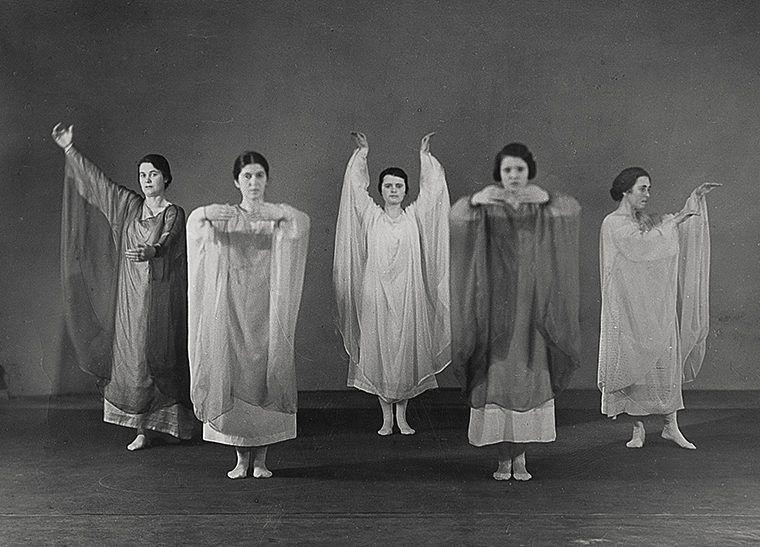
Rub Gallery Olomouc will be transformed into a (lab)oratory of mysteries art. Its walls will echo with the anthroposophical opera Přijď Království Tvé (Thy Kingdom Come, 1937–1942) by Alois Hába, a one-of-a-kind hexatonic opus, in which he treated the social and spiritual question of the day – the exploitation and enslavement of man by machine – in a highly original manner. One of the leitmotifs of the Prague school, in addition to Goethean metamorphoses and « sacramentalization of the everyday », was its mission to incarnate anthroposophy into contemporary society. Artists were to plunge their hands into the materials used (paint, silk, wood, metal, tonal systems) and manifest “devotion to the little things. Yes, the very littlest” (R. Steiner). To every stitch of needle and thread. To every hallmark punched into silver. To every incision chiseled into wood. To every sixteenth note in microtonal music.
The story of Prague anthroposophical art was supposed to have ended with the horrors of the Shoah (the Pollaks), the expulsion or internment of Czech Germans (Schenider, Prinke), or in the Communist illegality (Jerie); the candle wick in the Goethean candelabra was to remain seeped in the tallow of oblivion…
The architect of the Olomouc Goethean (lab)oratory is Oldřich Hozman, a Czech anthroposophical architect and designer living in Dornach, who designed the exhibition and inspired the gallery – by gilding it via the Lazure technique. The exhibition is accompanied by a book of the same name published by the Arbor vitae publishing house, as well as a rich accompanying programme.
Exhibition concept and curator: David Voda
Exhibition design and painted decorations: Oldřich Hozman, Studio Arc
Items on display: Rudolf Steiner Archive Dornach and private collections
Installation: Martin Fojer, Jana and Eva Šemberová, Vojtěch Kolář
Graphic design: Jan Herynek
LED animation: Jan Štindl
Merchandising: Lukáš Bureš, Jan Havel, Grafické papíry Olomouc
Socials: Jonáš Bláha
EXHIBITION ACCOMPANYING PROGRAMME
April – June
Dornach workshop for the public: Goethean sculptural shaping – led by Oldřich Hozman, Studio Arc, Dornach
Book launch – Pražská antroposofická moderna / Prager anthroposophische Moderne 1907–1953, in cooperation with Arbor vitae societas, Prague
Petr Borkovec on the poetry of Andrei Bely – reading and commentary
September – October
Hilde Pollak-Karlin, The History of European Embroidery and Prof. Josef Strzygowski – a colloquium with Mgr. David Voda and guest Prof. Ivan Foletti (Masaryk University, Brno)
1 October, 3 pm Lecture by David Voda: Prague Anthroposophical Modernism 1907–1953 in the Contemporary Research seminar, Art History Department, Palacký University Faculty of Arts (in Czech)
Dates and times may be subject to change – follow us on social media
Commented tours of the exhibition take place every Thursday from 4 to 6 pm.
In cooperation with Arbor vitae societas, Prague; Rudolf Steiner Archive, Dornach; Studio Arc, Dornach; Art History Department, Palacký University Olomouc; and Czech Radio Prague.
Media partners: Artikl, Art&Antiques
From the opening: photogallery by Oto Palán

